I've been testing HTTP2 Multiplexing and HTTP2/Server Push in Node.js locally and inspected it in the waterfall network graph in Chrome Dev Tools.
While using my own Node.js Server Push with res.stream.pushStream I got an "Initiator: Push (index)" in DevTools like this:
The change was noticeable as below:

I did some more research and figured I should use a reverse proxy to do the job (for example Nginx instead) and connect to my Node.js via HTTP1.1 instead as the upstream and serve HTTP2 from my reverse proxy.
After setting up the nginx.conf with http2_push_preload on; i sent some headers like these from my Node.js backend:
res.setHeader("Link","</picture.jpg>; as=image; rel=preload");
To my suprise I didn't see the "Push / (index)" indicator but "Other" like on the screenshot below and the asset listed in the link header seemed to show up on the waterfall graph quicker with a slightly lower TTFB time compared to the rest of assets.
I've been also looking for a solution to serve HTTP/2 as the reverse proxy and to download the assets via HTTP/2 from the service directly without the TLS (HTC) but it seems there's nothing like this.
Getting back to my question: How should I go about testing the HTTP/2 Server Push? Is the "Initiator: Other" a misinterpretation from the devtools? It seems to be working but it doesn't report as Server Push.
Also, are there any projects/solutions that would let for a connection to a backend upstream via HTTP2 directly?
I'm pretty sure the latter image shows slower access because of the overhead of using a reverse proxy instead of connecting to the server directly and it's magnified by the HTTP1.1 usage on the target server.
